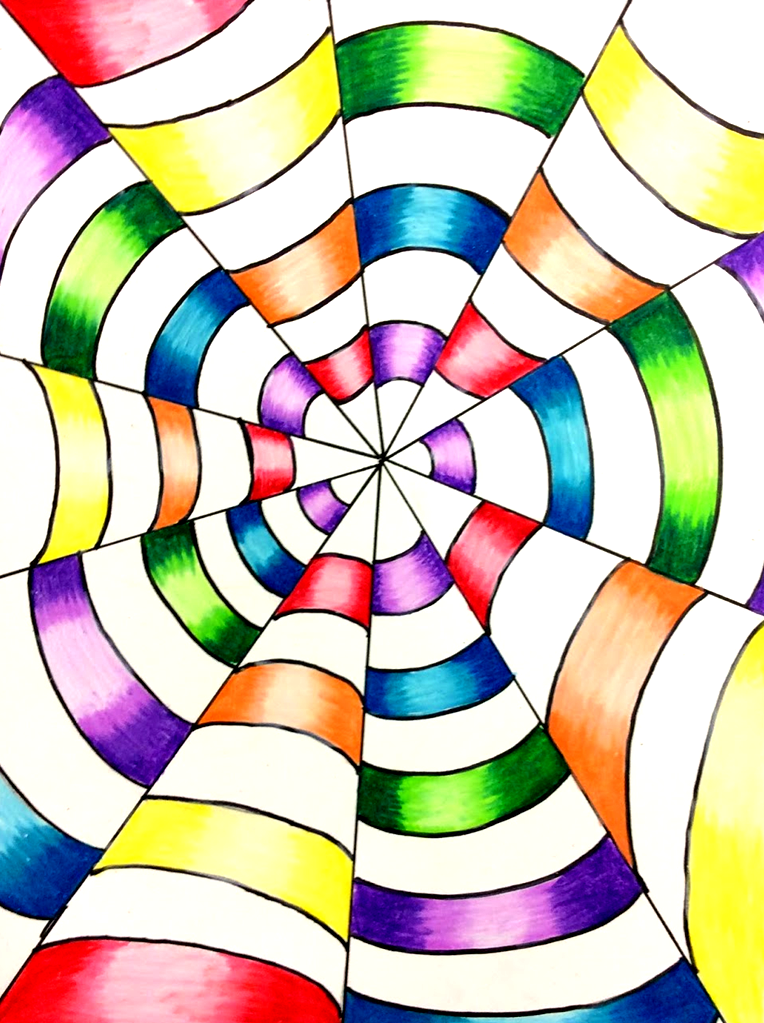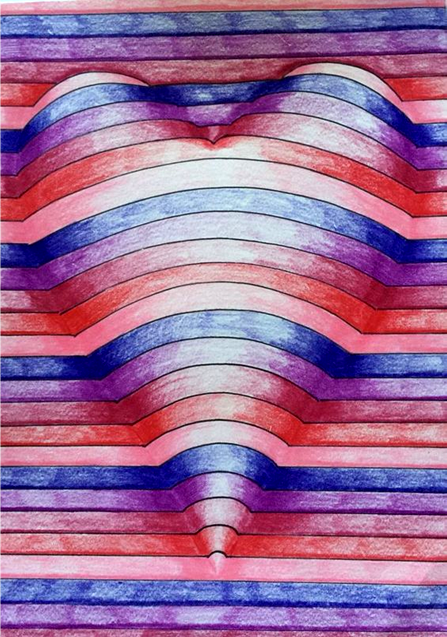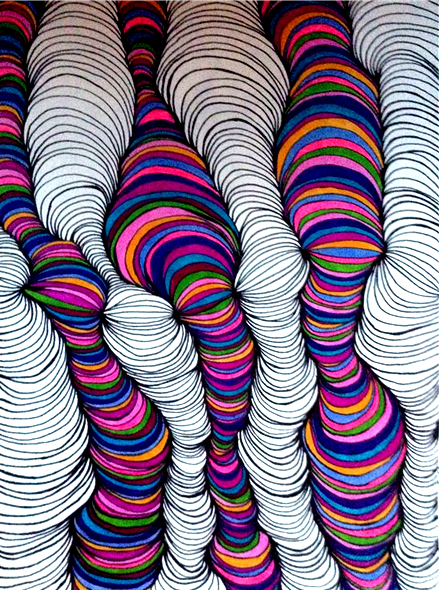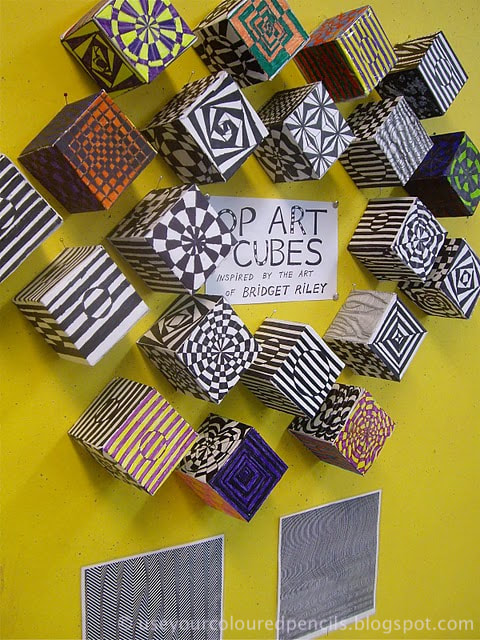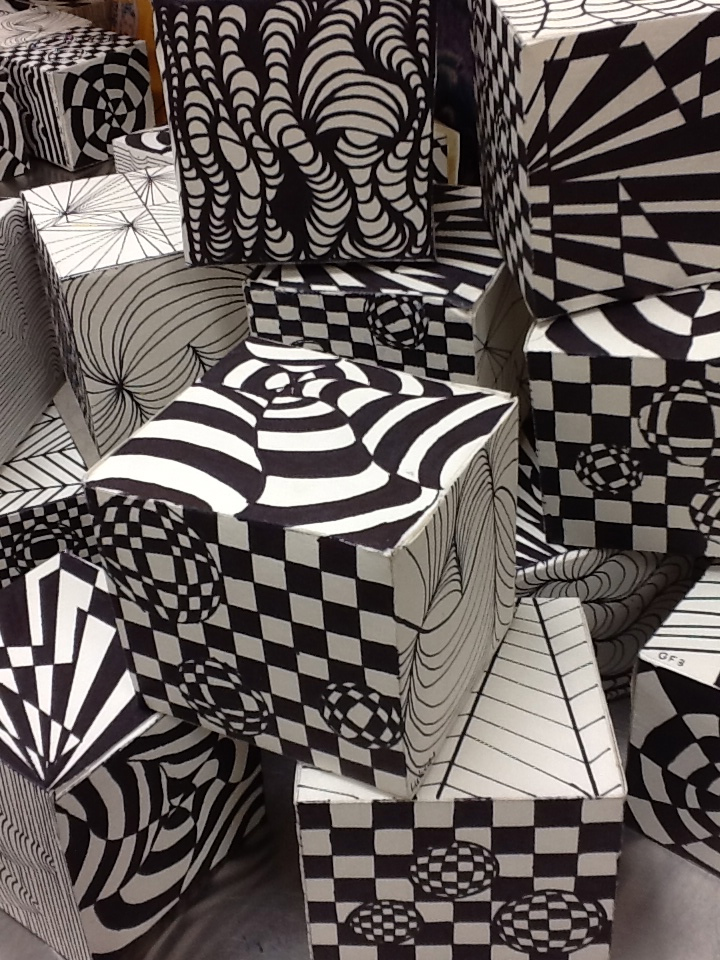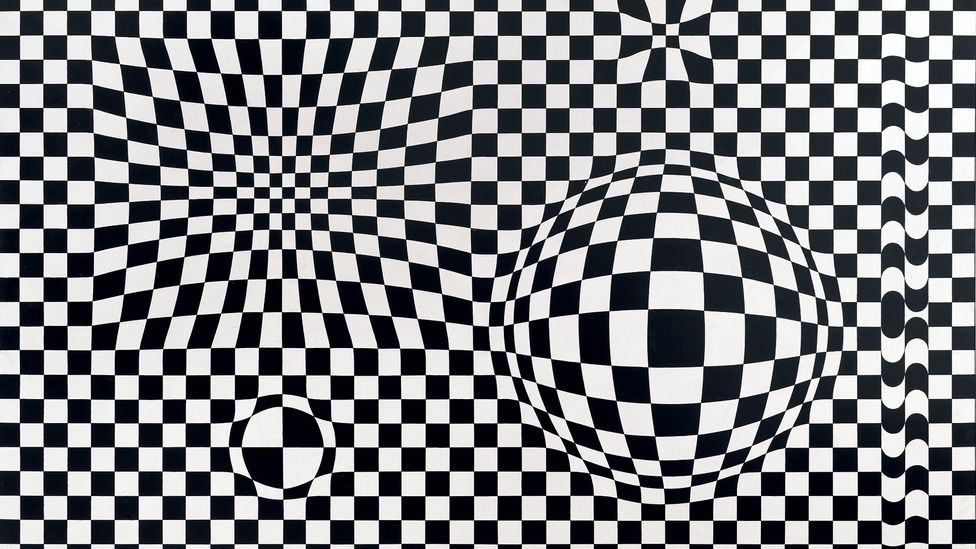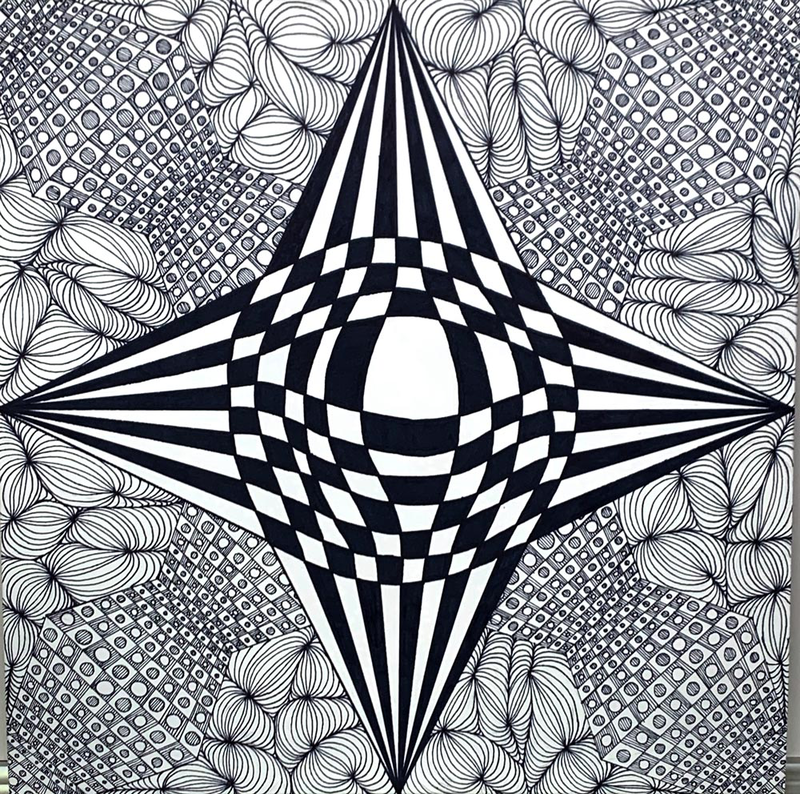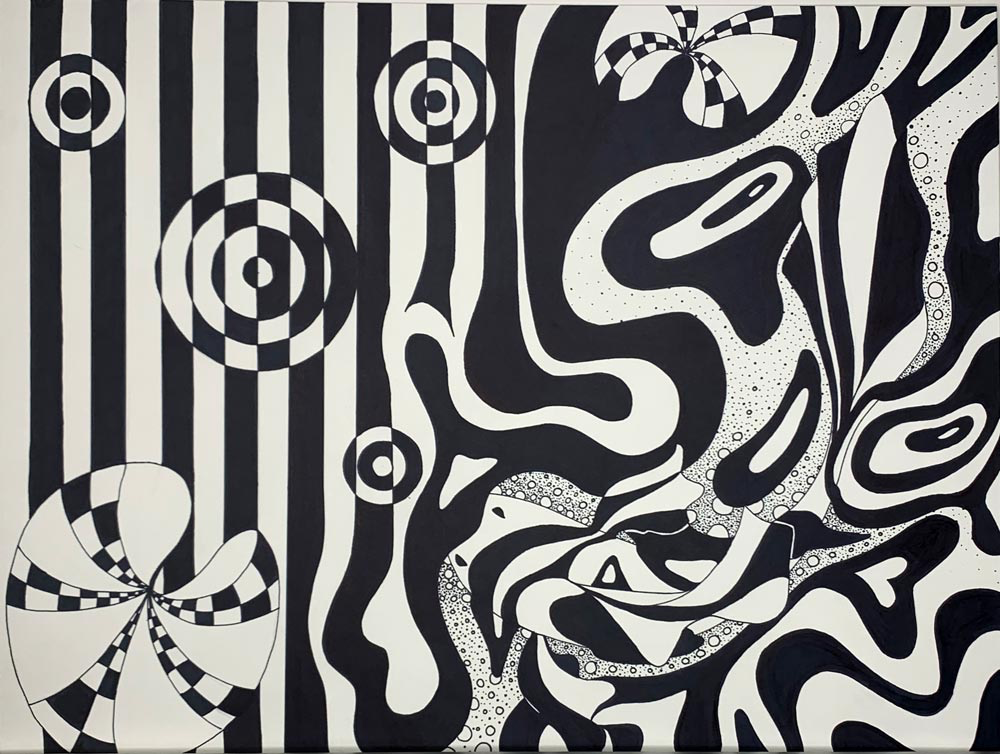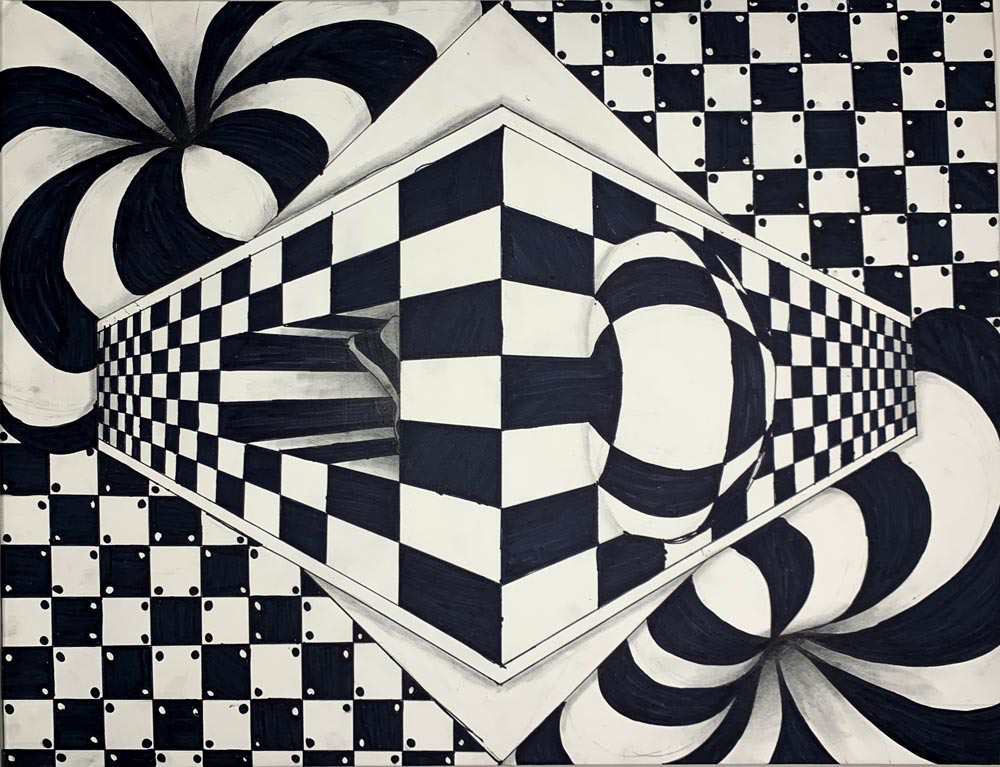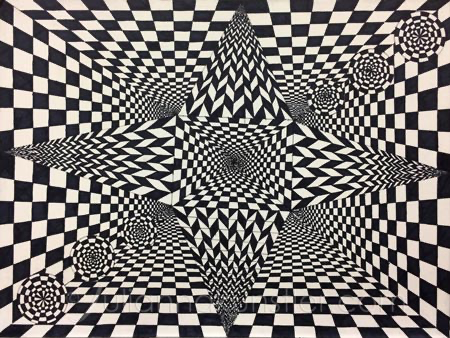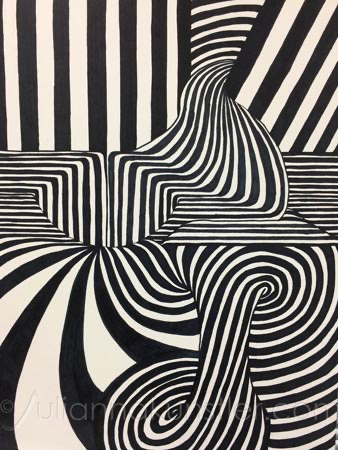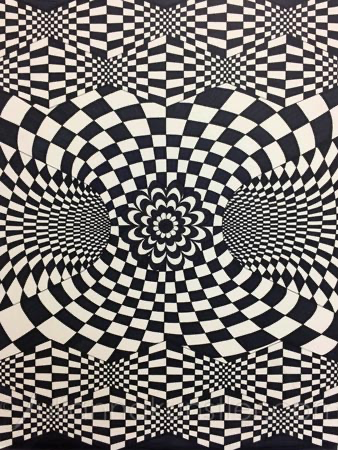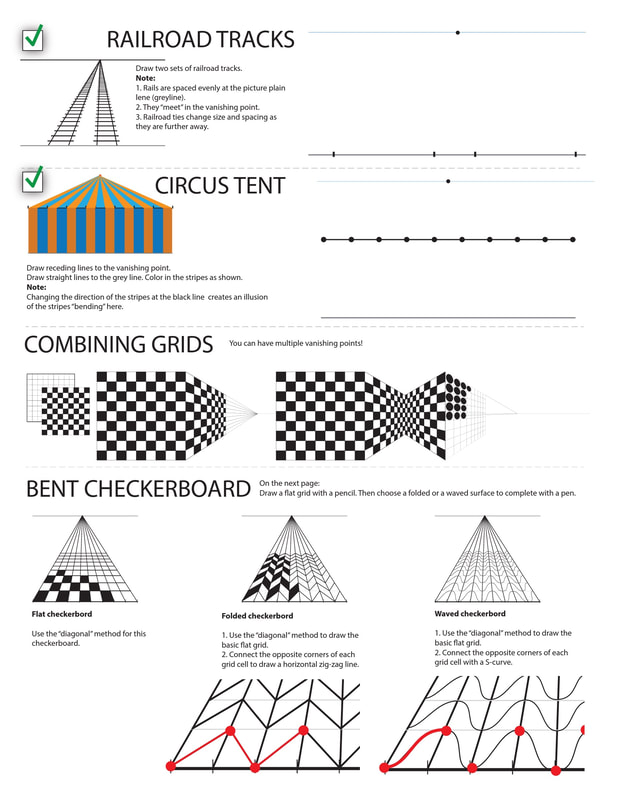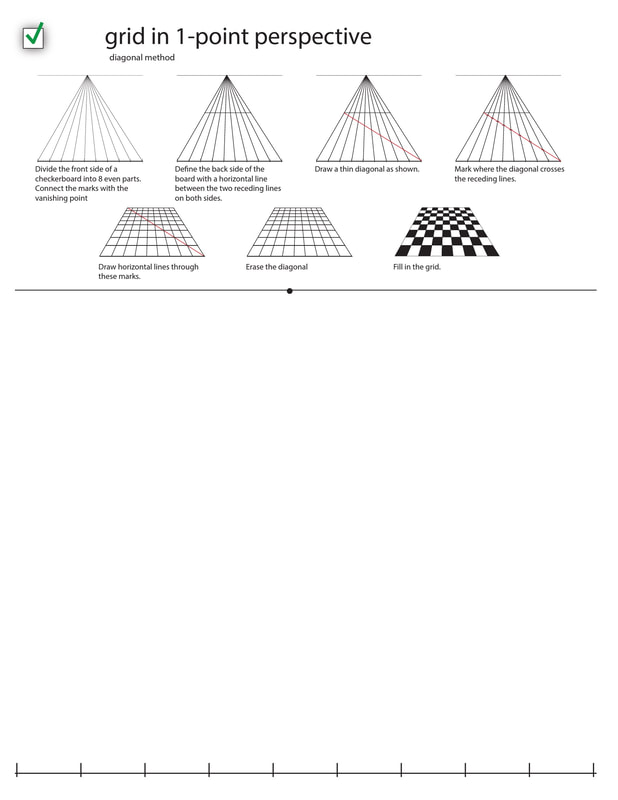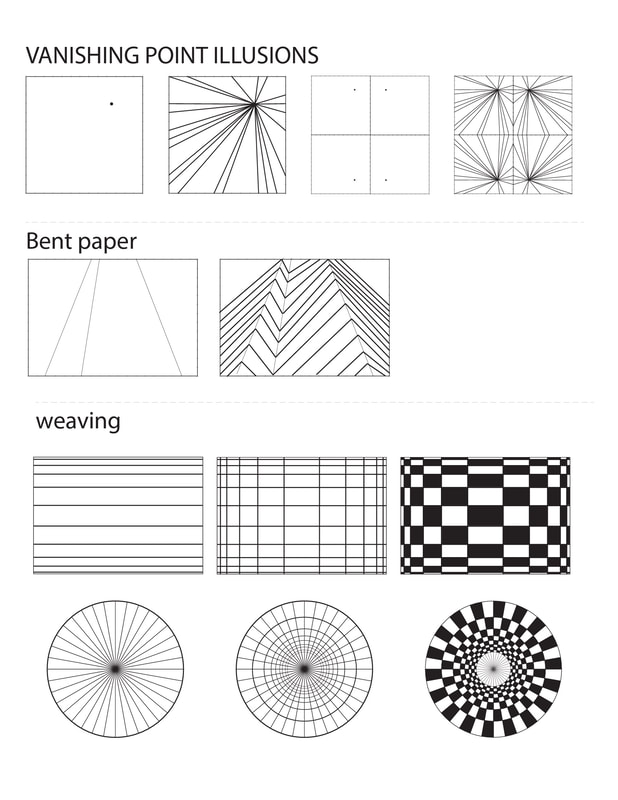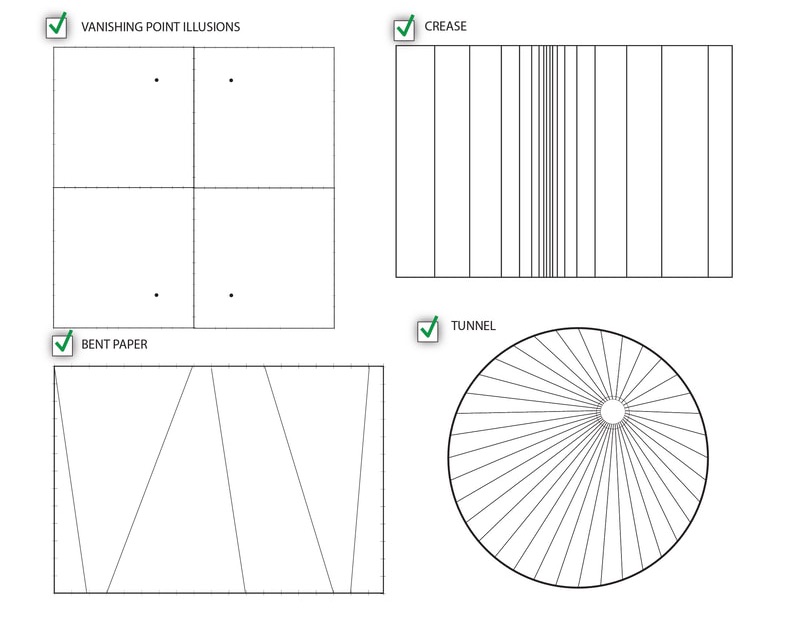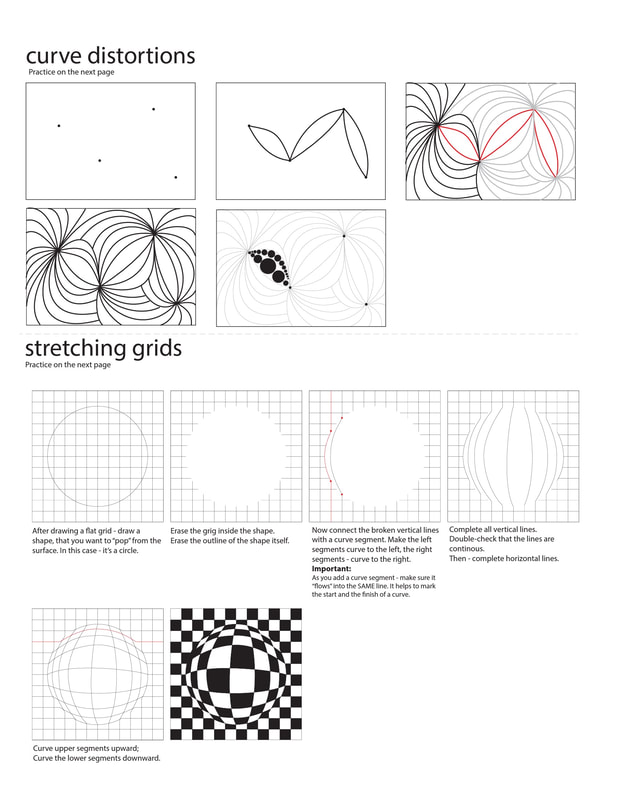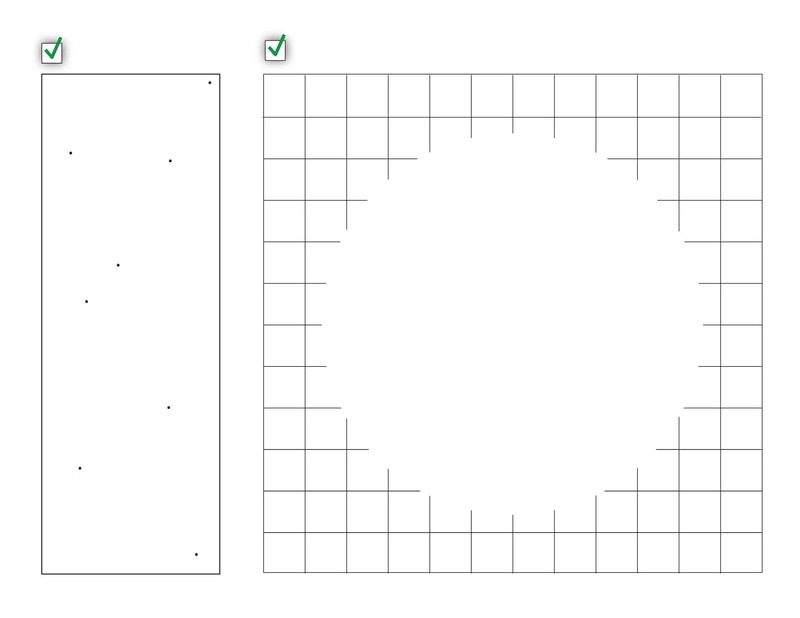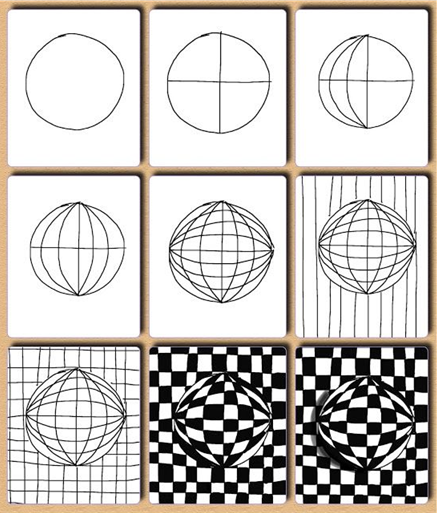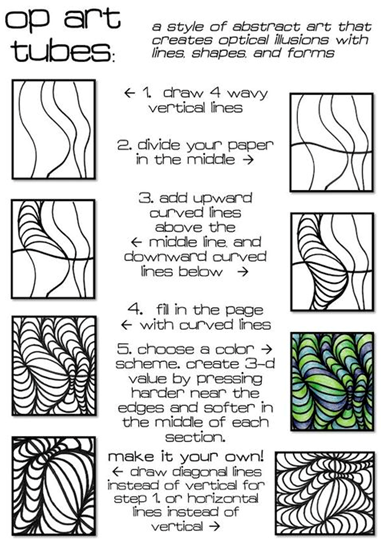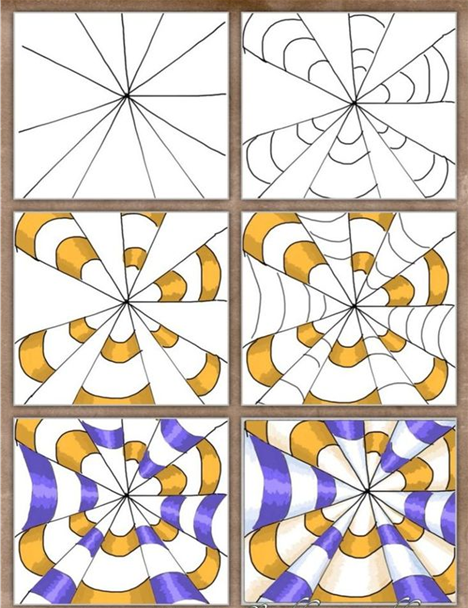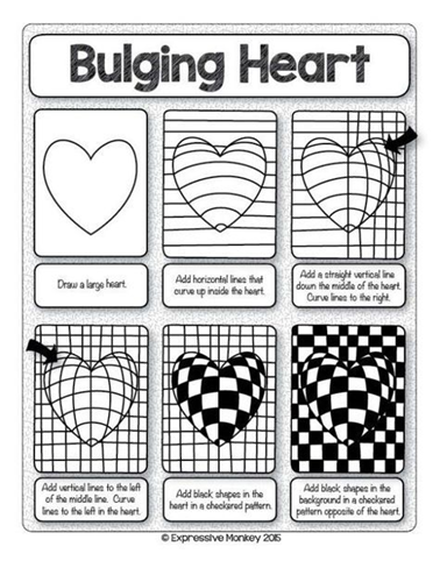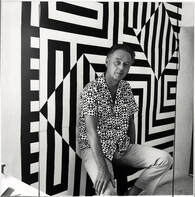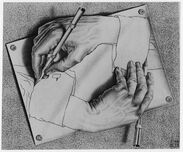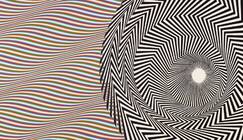- Home
-
PHOTO 1
-
PHOTO 2
-
PHOTO 3
- INFO >
- CLASS NOTES
-
ASSIGNMENTS
>
- STUDIO LIGHTS
- Composing: Creating an Abstract or Geometric Composition
- Composing: Creating an Abstract or Geometric Composition
- EMPHASIS ON COLOR THEORY
- DESIGNING IN B&W
- Formal and Informal Portraits
- CUBIST PORTRAITS
- NATURAL LIGHTING
- COMPOSITION - SCAVENGER HUNT
- STREET PHOTOGRAPHY
- MANDALA
- NIGHT
- RHYTHM & REPETITION
- PATTERNS & RHYTHM WITH LIGHT
- STUDIO PORTRAITURE
- PHOTOGRAM - MEMOIRS - THE DIGITAL VERSION
- HDR Landscapes
- PORTFOLIO
- VIDEOS
- HANDOUTS
- GALLERY
-
AP 2D ART + DESIGN
- INFO >
- SUMMER PROJECT
- SUSTAINED INVESTIGATION
- ELEMENTS + PRINCIPLES
- STUDIO LIGHTS
-
ASSIGNMENTS
>
- DESIGNING IN B&W
- COLOR THEORY
- TRIPTYCH
- SUSTAINED INVESTIGATION #1
- SUSTAINED INVESTIGATION #2
- SUSTAINED INVESTIGATION #3
- SUSTAINED INVESTIGATION #4
- SUSTAINED INVESTIGATION #5
- SUSTAINED INVESTIGATION #6
- SUSTAINED INVESTIGATION #7
- SUSTAINED INVESTIGATION #8
- SUSTAINED INVESTIGATION #9
- SUSTAINED INVESTIGATION #10
- ABSTRACT & GEOMETRIC COMPOSITION
- STUDIO PORTRAITURE
- TEXTURES & ABSTRACTIONS FROM THE...
- WEBSITE PORTFOLIO
- CLASS NOTES
- HANDOUTS
- VIDEOS
- GALLERY
- 3D ART 1
- 3D ART 2
- 3D ART 3
- Contact
What is Op art ? (Optical Illusion Art)
Op art, short for optical art. is a style of visual art that uses optical illusions. Op art works are abstract, with many better known pieces created in black and white. Typically, they give the viewer the impression of movement, hidden images, flashing and vibrating patterns, or of swelling or warping. Because of its geometrically-based nature, Op Art is, almost without exception, non-representational. The elements employed (color, line and shape) are carefully chosen to achieve maximum effect. Optical Illusions build excitement, because it is fun to see the way the different illusions can trick the eye.
HISTORY OF OP ART
Optical Art, better known as Op Art, is an abstract style of art that creates an optical illusion. The art movement became popular in the 1960’s by Bridget Riley and Victor Vasarely. They used patterns and colors to disorient the viewer.Vasarely is often referred to as the grandfather of the op art movement. In the 1930’s he started out as a graphic designer, after leaving medical school. In he 1940’s he experimented with surrealism and abstract expressionism. The earliest example of op art is “Zebra” (1937). His goal was to create a universal language through art. This was done through op art, a geometric abstraction.
SCIENCE CONNECTIONS
The science behind optical illusions: An optical illusion (also called a visual illusion) is characterized by visually perceived images that differ from objective reality. The information gathered by the eye is processed by the brain to give a perception that does not tally with a physical measurement of the stimulus source. There are three main types of illusion - literal optical illusions that create images that are different from the objects that make them, physiological illusions that are the effects on the eyes and brain of excessive stimulation of a specific type - brightness, tilt, color, movement, and cognitive illusions where the eye and brain make unconscious inferences.
OBJECTIVES
In this lesson you will:
-Identify Optical Illusions artwork and artists. Study the work of Josef Albers and Victor Vasarely.
-Understand science behind OpArt Manipulate space and shapes to create an illusion of depth -Linear perspective
-Patterns and repetition (line, space, and shape)
-A successful design will create an illusion of movement and will fool and disturb the eye.
-Your finished art should demonstrate your time and effort as well as use of tools, originality, and craftsmanship.
WHAT TO DO:
Using only patterns or basic shapes - create a design with a 3-D quality or an optical illusion. Start with sketching ideas in your sketchbook! Experiment with perspective; use grids, shapes, and lines to create patterns and illusions. Your piece should fit this description to truly be an Op Art piece. Measurement, exactness, neatness, being precise are all necessary for a successful Op Art piece.
Use the provided template. Using only patterns or basic shapes - create 6 different designs with a 3-D quality or an optical illusion. Draw in pencil first. Lightly Sketch! Experiment with perspective; use grids, shapes, and lines to create patterns and illusions. You can use multiple vanishing points; you can combine grids, shapes, and lines in your work; you can use ideas from the worksheets provided.You will then use a black sharpie or colored markers. You may choose to keep your entire cube in black and white, color or a combination of both. If using colors, keep in mind your use of colors/color combination.
- Must complete six optical illusion techniques
- Must demonstrate an illusion
- Must demonstrate overall good craftsmanship
- Use some form of perspective.
- Design should be complex and creative.
- Erase all pencil marks. Use a ruler, compass, stencils, etc. to build your Op Art design.
WORKSHEETS
VIDEO TUTORIALS
|
|
|
|
|
|
|
|
|
|
|
|
|
Victor Vasarely: (1906 - 1997) Led the group of abstract painters who began to develop Op Art and for twenty years during his life, he developed his own style using geometric forms and limited colors.
|
|
M.C. Escher: (1898 - 1972) Although not a traditional Op artist, Escher created works with amazing perspectives and use of tessellations that certainly helped point the way for others.
|
|
Bridget Riley: (1931 - ) Known for her tessellation art, Riley’s work with geometric forms seemingly moves into infinity in every direction. She delighted in the joy of using the eye to interpret the work.
|
